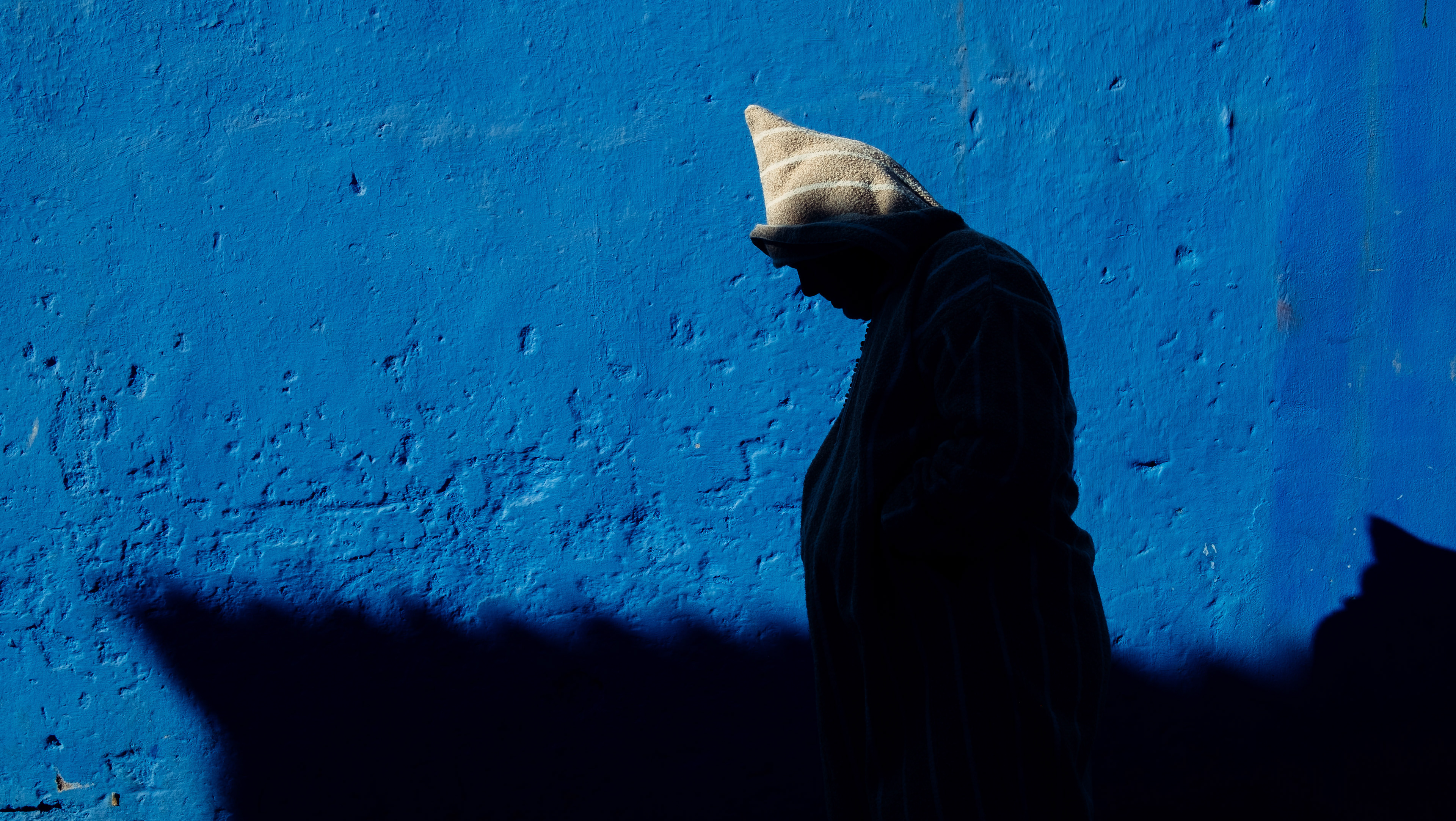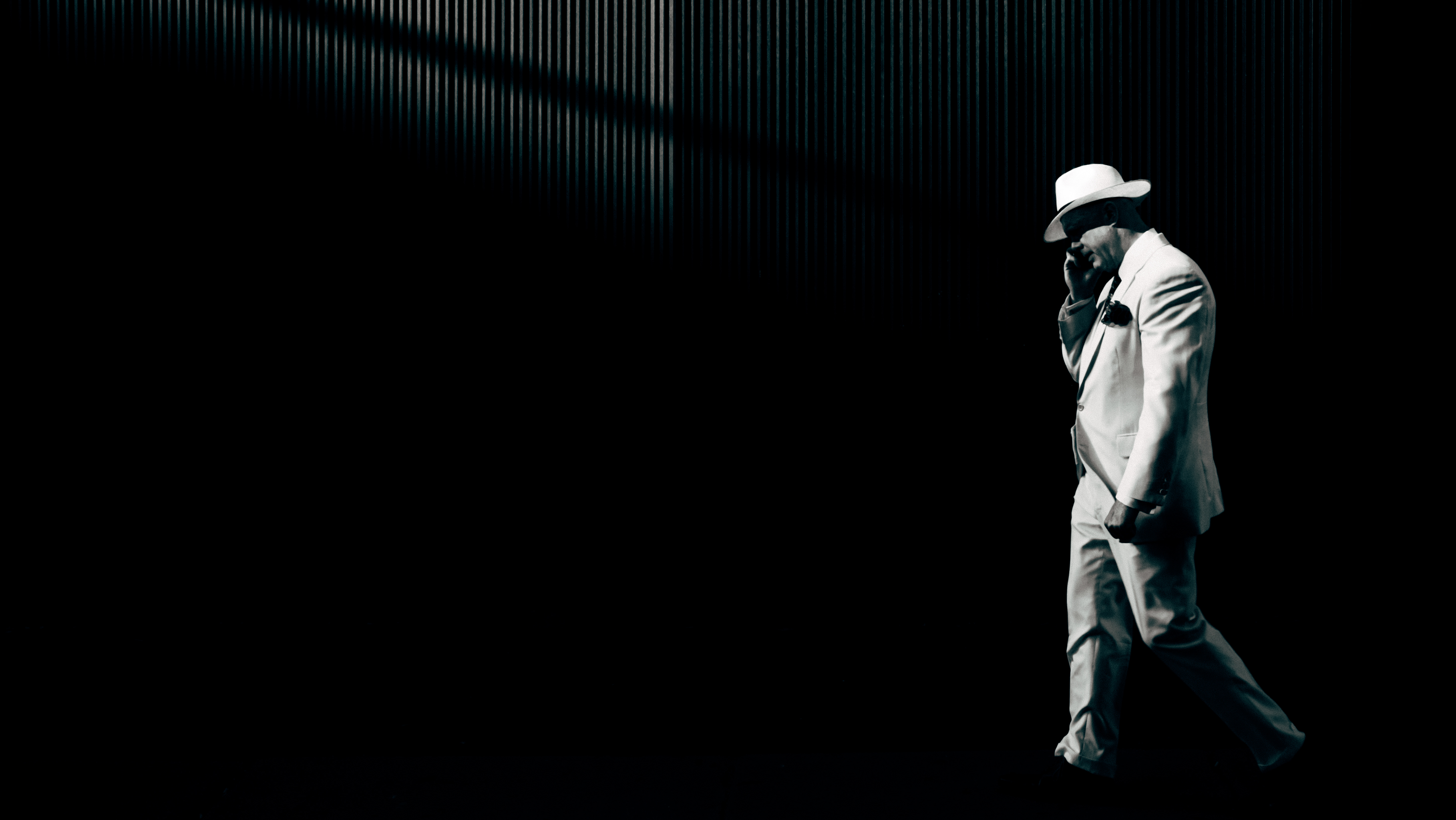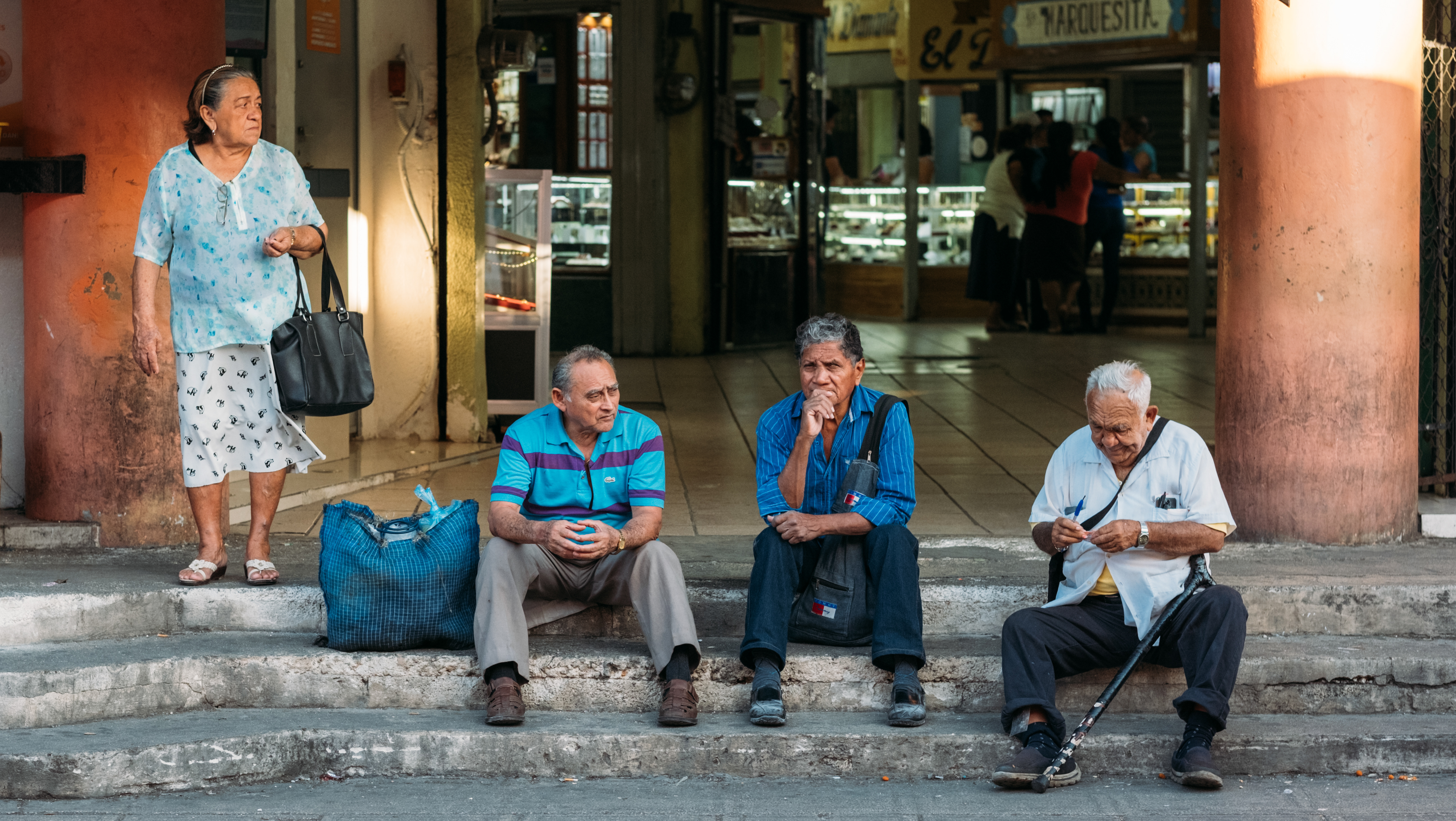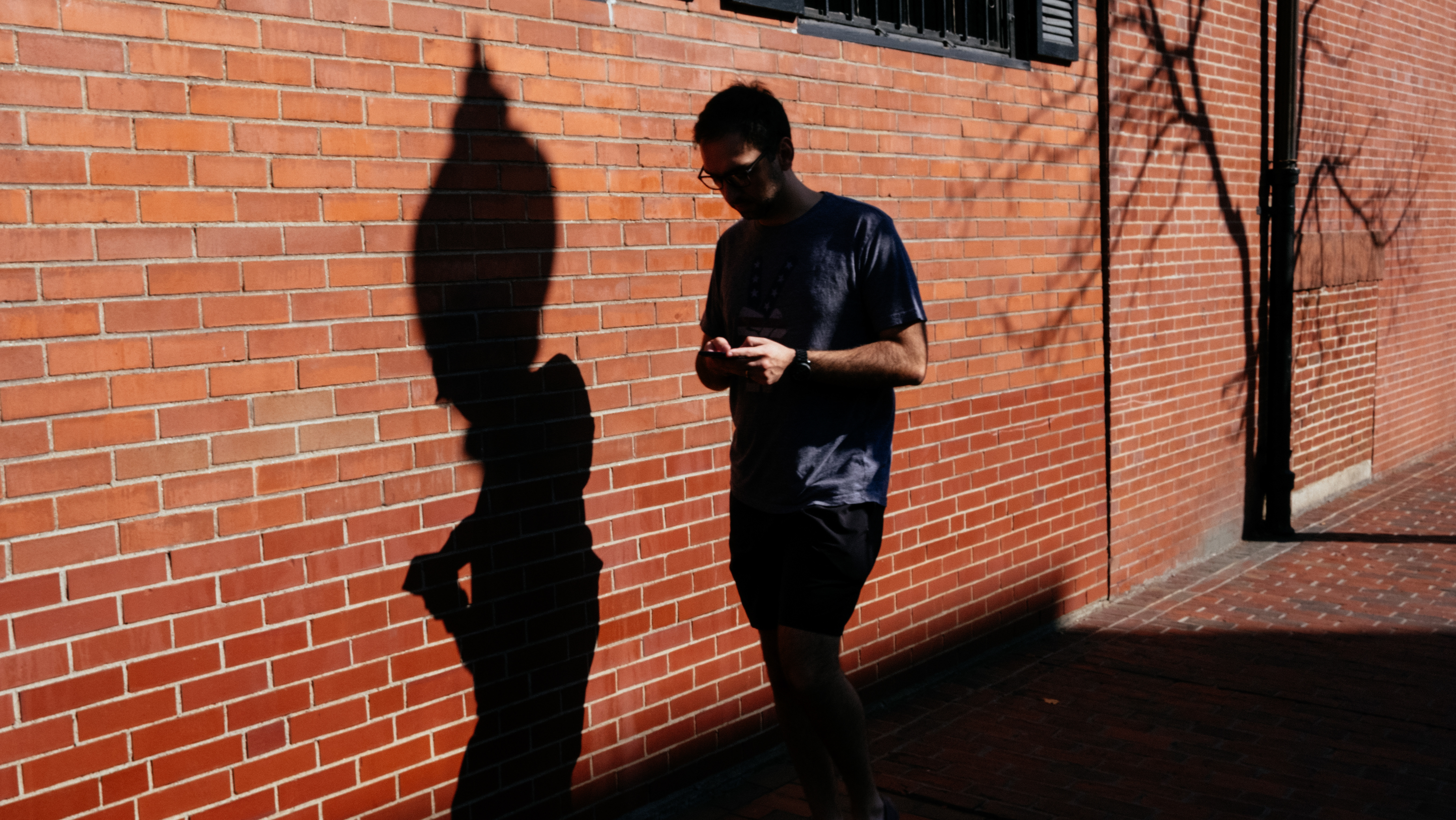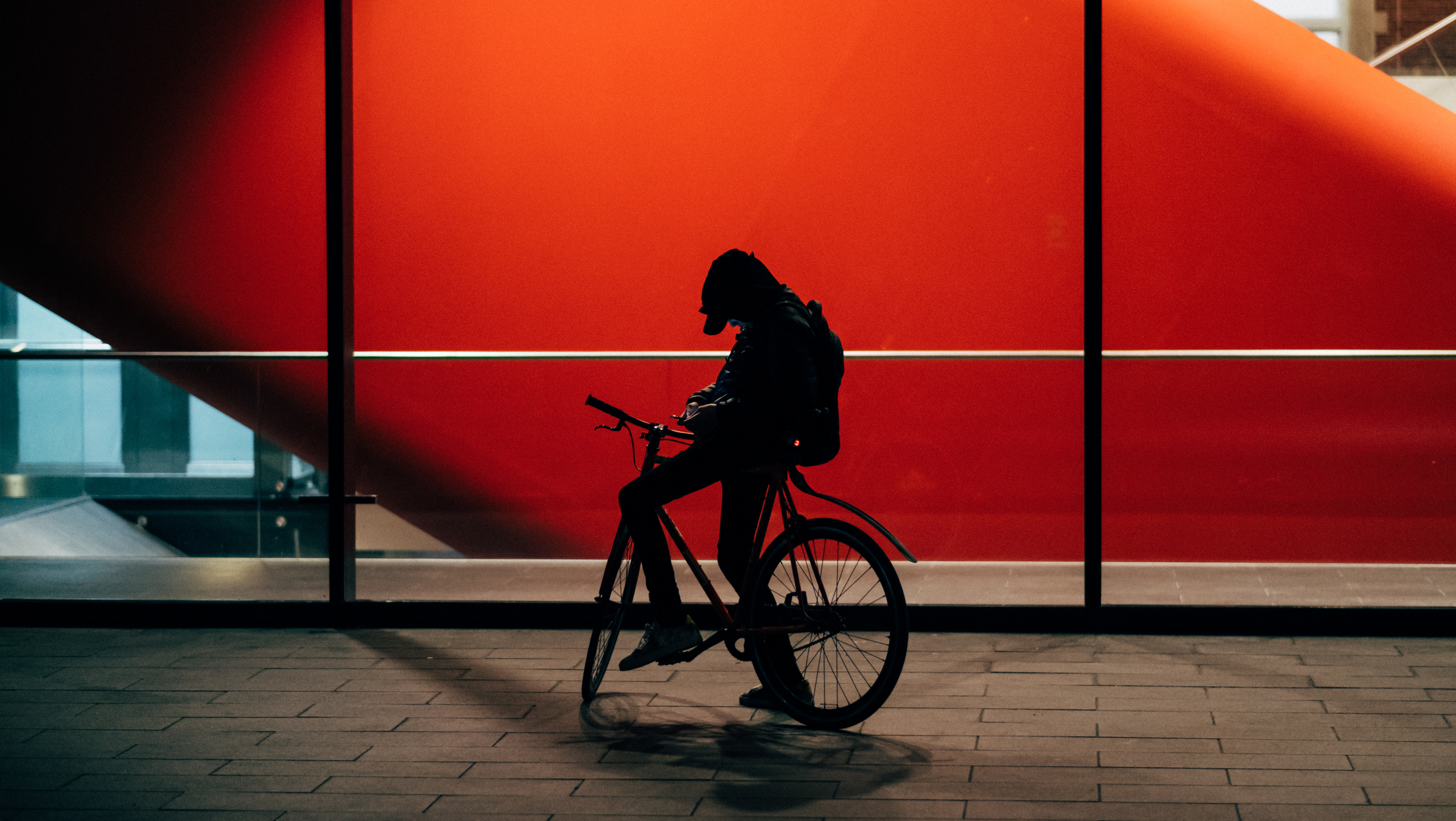In the ever-changing landscape of urban life, emotions flicker across faces like light on water. For street photographers, capturing these fleeting moments is both an art and a challenge. How do we freeze feelings on film (or sensor), preserving the raw humanity of a split second for eternity?
The Essence of Emotional Photography
At its core, street photography is about storytelling. Each frame is a narrative, a silent film that speaks volumes. The most powerful images are those that evoke an emotional response in the viewer, creating a connection between the subject and the audience.
To capture emotion effectively, we must first understand it. Psychologists have identified six basic emotions: happiness, sadness, fear, anger, surprise, and disgust. These form the palette from which more complex emotional states are created. As photographers, our job is to recognize these emotions in their purest forms and capture them authentically.
The Technical Aspect: Freezing Motion
To freeze emotions in motion, we need to master the technical aspects of our craft:
1) Shutter Speed: Fast shutter speeds (1/250s or faster) can freeze facial expressions and body language.
2) Aperture: A wide aperture (f/2.8 or wider) allows for faster shutter speeds and can isolate the subject from the background.
3) ISO: Don't be afraid to increase ISO in low light conditions. A grainy photo that captures the emotion is better than a blurry one that misses the moment.
4) Continuous Shooting Mode: Sometimes, the perfect expression lasts for a fraction of a second. Burst mode can help you capture it.
The Art of Anticipation
Great street photographers develop an almost sixth sense for anticipating emotional moments. This comes with practice and keen observation. Look for:
1) Interactions: People engaging with each other often display a range of emotions.
2) Reactions: Watch how people respond to their environment or unexpected events.
3) Solitary Moments: Even in a crowd, individuals can have deeply emotional private experiences.
4) Contrasts: Juxtapositions of different emotional states can create powerful images.
Composition and Emotion
How we frame our subjects can dramatically affect the emotional impact of an image:
1) Rule of Thirds: Placing the subject's eyes along the top third line can create a sense of tension or unease.
2) Negative Space: Using empty space can emphasize isolation or contemplation.
3) Leading Lines: Use the environment to draw attention to the emotional focal point.
4) Perspective: Shooting from below can make a subject appear powerful, while shooting from above can create vulnerability.
The Power of Color
Color plays a crucial role in conveying emotion:
1) Warm Colors (reds, oranges, yellows) can evoke feelings of excitement, passion, or anger.
2) Cool Colors (blues, greens, purples) often suggest calm, sadness, or introspection.
3) Black and White: Stripping away color can emphasize the raw emotion, removing distractions and focusing on light, shadow, and expression.
Capturing Authentic Emotion
The challenge in street photography is capturing genuine emotion without altering the scene. Here are some tips:
1) Be Invisible: The best emotional captures often come when subjects are unaware they're being photographed.
2) Be Quick: Emotions can change in an instant. Be ready to capture the moment without hesitation.
3) Be Respectful: If someone notices you and seems uncomfortable, lower your camera and move on.
4) Be Patient: Sometimes, waiting for the right moment yields better results than constantly shooting.
The Ethics of Emotional Photography
Capturing raw emotion in public spaces raises ethical questions:
1) Privacy: Consider whether your photo invades someone's private moment.
2) Consent: While not always possible to obtain in street photography, be prepared to engage if confronted.
3) Context: Ensure your image doesn't misrepresent the situation or emotion out of context.
4) Dignity: Avoid exploiting vulnerable individuals for the sake of a powerful image.
Post-Processing: Enhancing Emotion
In post-processing, subtle adjustments can enhance the emotional impact:
1) Contrast: Increasing contrast can add drama and intensity.
2) Clarity: Boosting clarity can emphasize textures and details in expressions.
3) Vignetting: A subtle vignette can draw focus to the emotional center of the image.
4) Selective Color: In color images, slightly desaturating everything except the main subject can create emphasis.
The Goal: Creating Empathy
Ultimately, freezing emotions on film is about creating empathy. It's about allowing viewers to connect with strangers, to see a piece of themselves in others. When we capture a genuine smile, a tear of joy, or a moment of contemplation, we're not just taking a picture – we're preserving a slice of shared human experience.
As you hit the streets with your camera, remember: you're not just a photographer, you're an emotion hunter. Your mission is to freeze those fleeting feelings, to capture the poetry of human existence in all its raw, beautiful complexity. Each click of the shutter is an opportunity to create a window into the soul of the city and its inhabitants.
So go forth, observe keenly, shoot boldly, and let your images speak the universal language of emotion.
